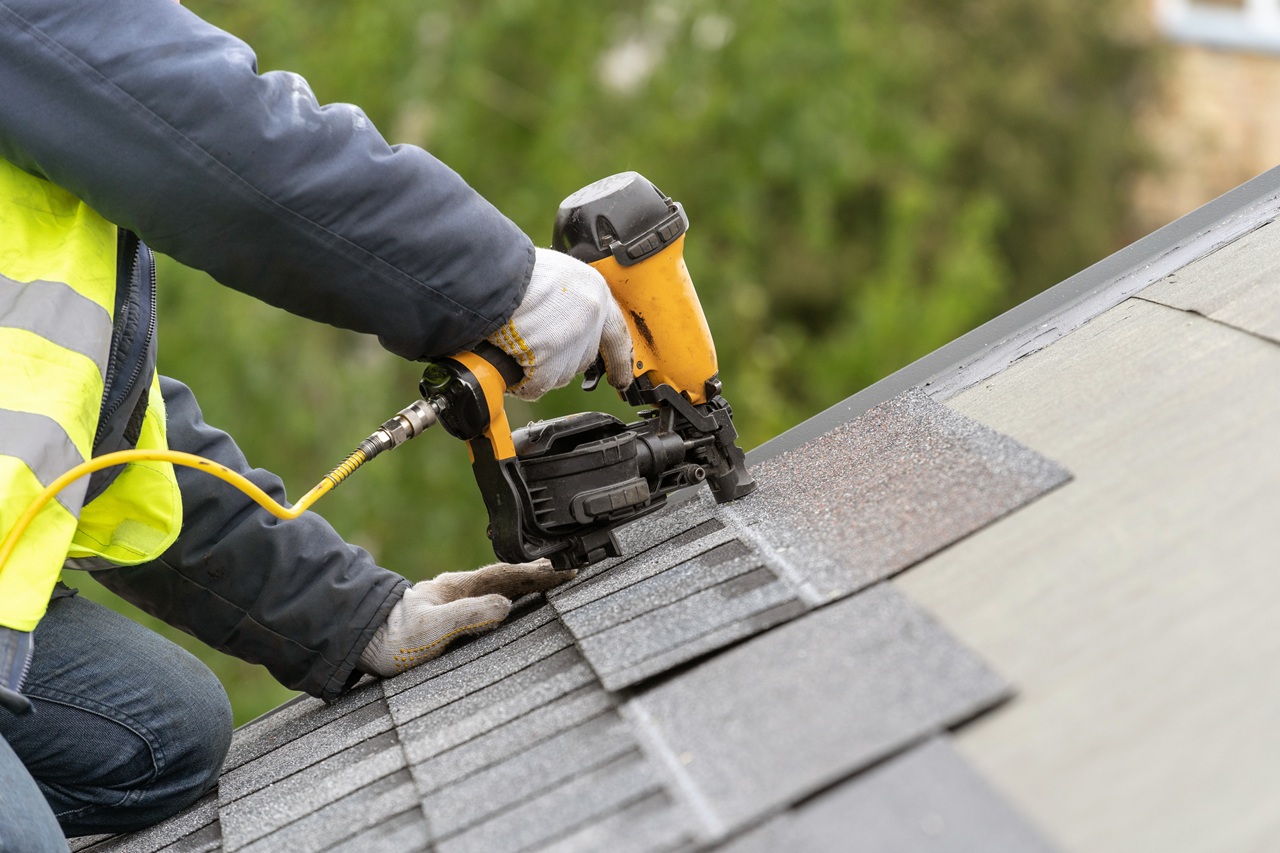- Home
- Services
Residential Services
Commercial Services
Additional Services
- Areas We Serve
- Financing
- Resources
- About us
- Contact Us
Setting the Standard in AZ Roofing Since 1993
Your roof’s underlayment often goes unnoticed, yet it plays a major role in protecting your home. Placed between the outer roofing material and the decking, underlayment provides a crucial barrier against water, wind, and debris. In Phoenix and Tucson, where homes endure scorching heat, monsoon storms, and dust, underlayment faces more stress than in milder climates. Over time, even the best materials begin to show signs of wear.

Catching these issues early is key to preventing leaks, structural damage, and costly repairs. Routine roof maintenance not only keeps shingles or tiles in shape but also helps reveal the condition of the underlayment hidden beneath. Let’s walk through the signs of early wear, why they matter, and how timely action protects your home for years to come.
Think of underlayment as the safety net of your roofing system. While shingles, tiles, or foam provide the first shield against weather, underlayment acts as a backup layer. It catches water that sneaks past cracked shingles or lifted tiles and directs it safely away from the structure.
In Arizona, underlayment also battles heat and UV rays, both of which speed up its aging process. If it weakens, your roof loses its backup protection. Without this layer functioning properly, even a small storm can cause interior leaks. That’s why identifying wear during routine maintenance is so important.
While underlayment isn’t always visible, certain warning signs suggest it may be compromised. During professional roof maintenance or inspection, roofers look for clues such as:
Spotting these problems early means roofers can take corrective action before the damage spreads.
Phoenix and Tucson bring unique challenges for roofs. Intense summer heat, UV radiation, and dust storms take a toll on underlayment. Monsoon rains then push water into weak spots created by this heat damage.
Some of the most common climate-driven issues include:
Roofs in this environment need consistent maintenance. Even durable synthetic underlayments can fail faster if they’re exposed too often to Arizona’s extremes.
Homeowners can’t see underlayment without removing parts of the roof, but that doesn’t mean problems go unnoticed. Regular roof maintenance helps uncover early warning signs. Trained roofers check visible materials, flashings, valleys, and interior attic spaces for moisture or heat damage that points to underlayment issues.
Scheduled maintenance often includes:
By staying consistent with these checkups, you extend the life of your roof and keep the underlayment doing its job.
What Happens if Underlayment Wear Is Ignored
Failing underlayment doesn’t always cause immediate leaks, but problems build quickly. Over time, water can soak into decking, weaken rafters, and seep into insulation or drywall.
Delaying repairs often leads to:
Addressing wear before it reaches this stage saves homeowners from dealing with costly structural repairs.
In the Phoenix and Tucson area, Lyons Roofing frequently sees these underlayment-related problems during maintenance:
Identifying and fixing these issues early keeps roofs functional and homes safe.
Protect your home from hidden damage by catching underlayment wear early. Call Lyons Roofing at (520) 442-1121 for inspections in Phoenix and Tucson.